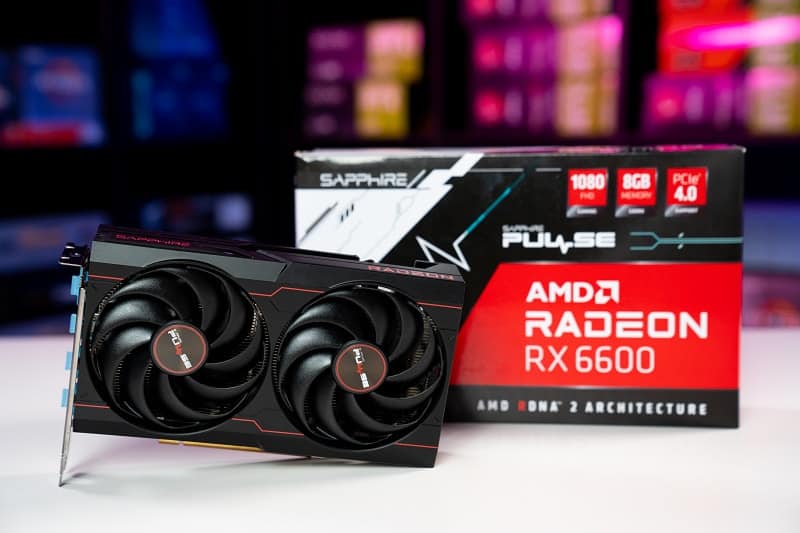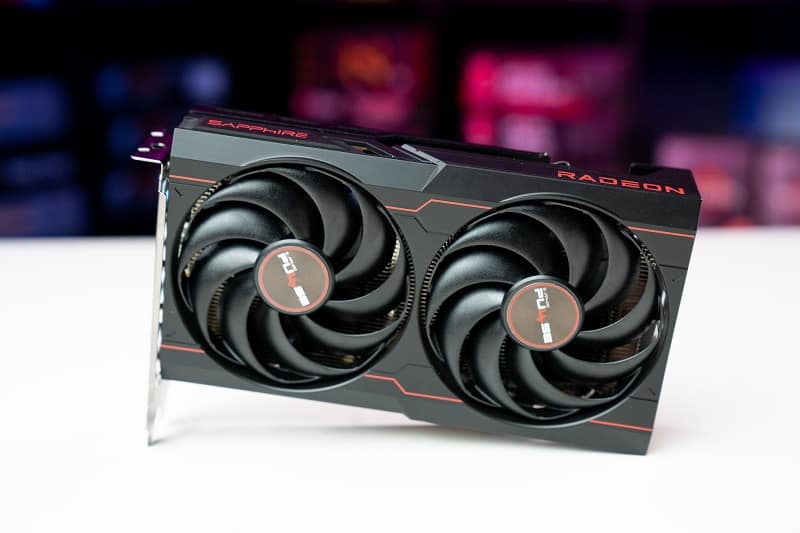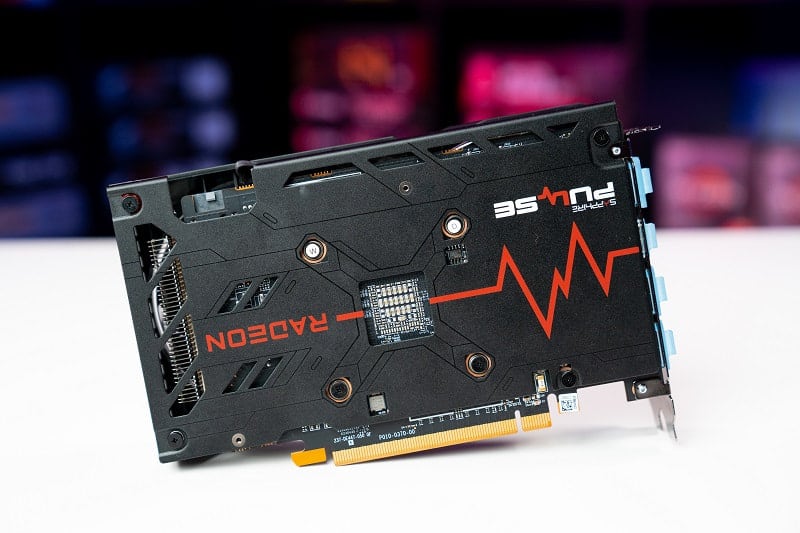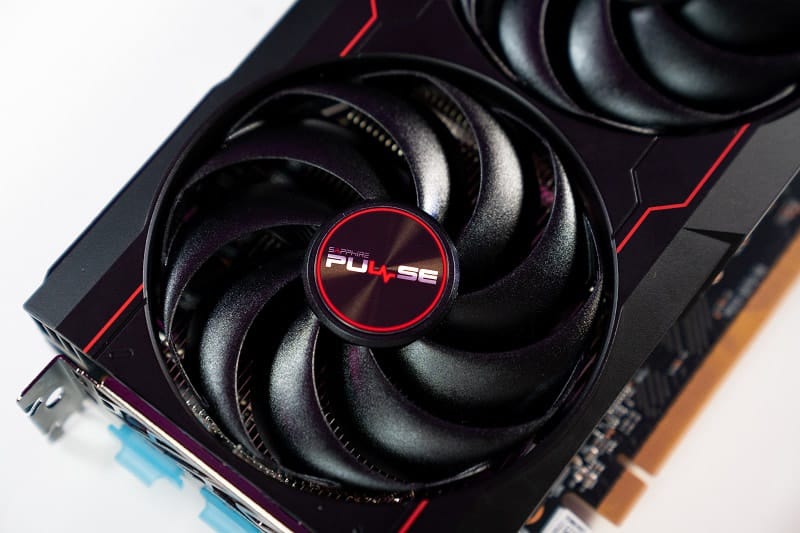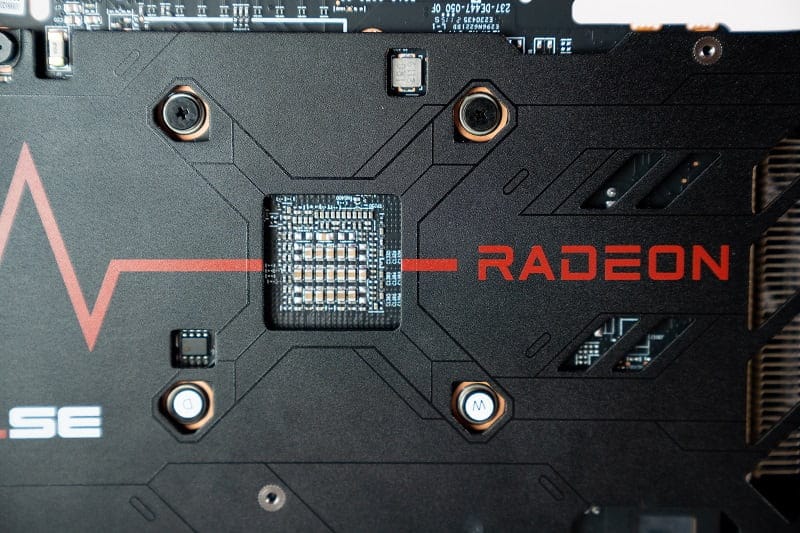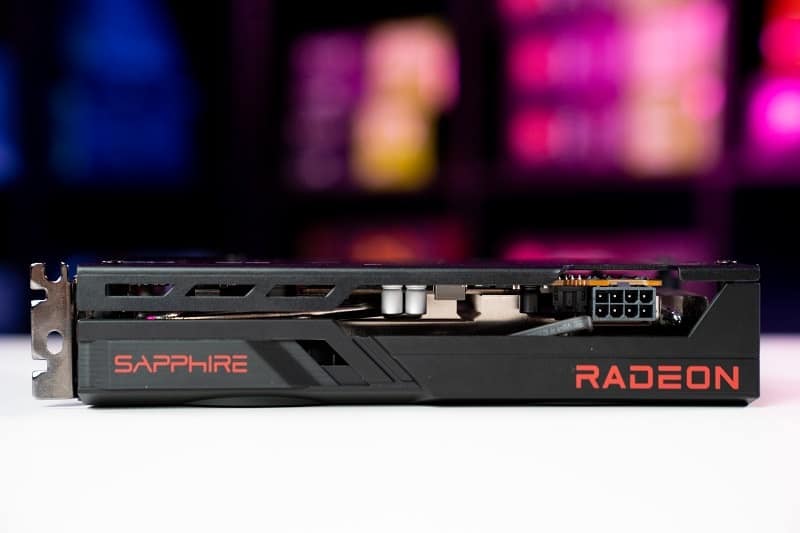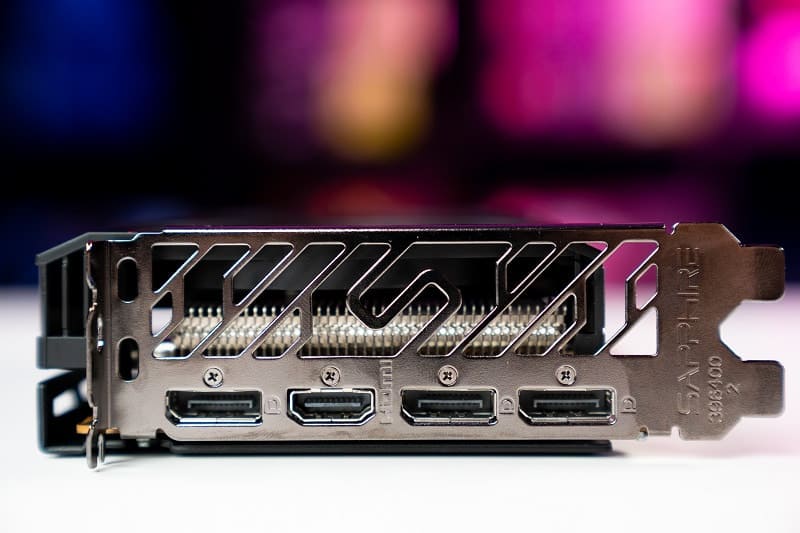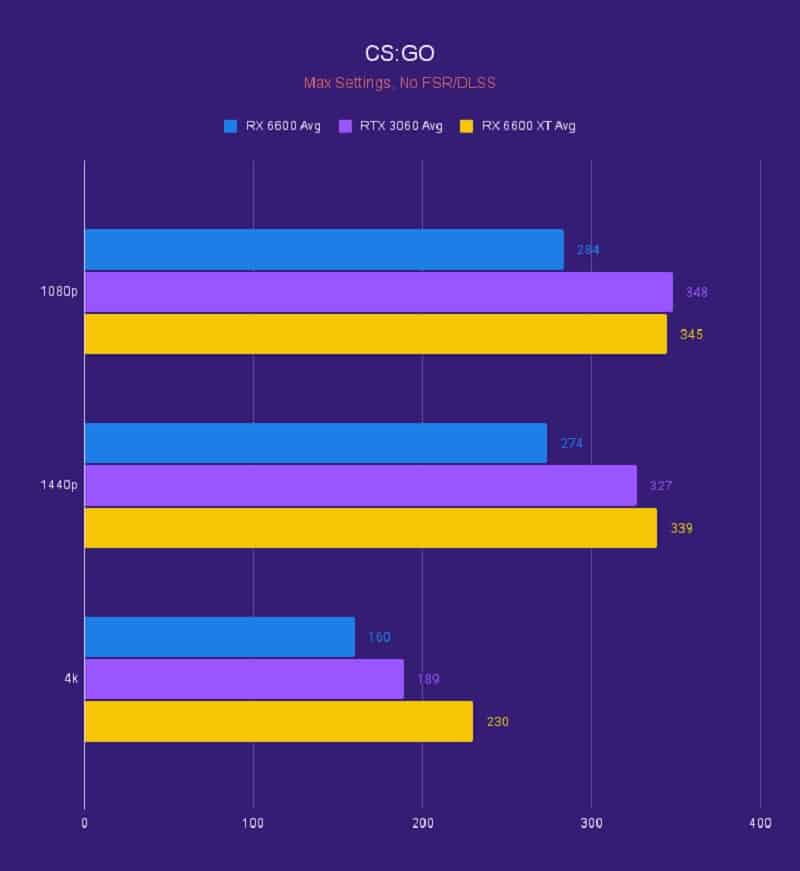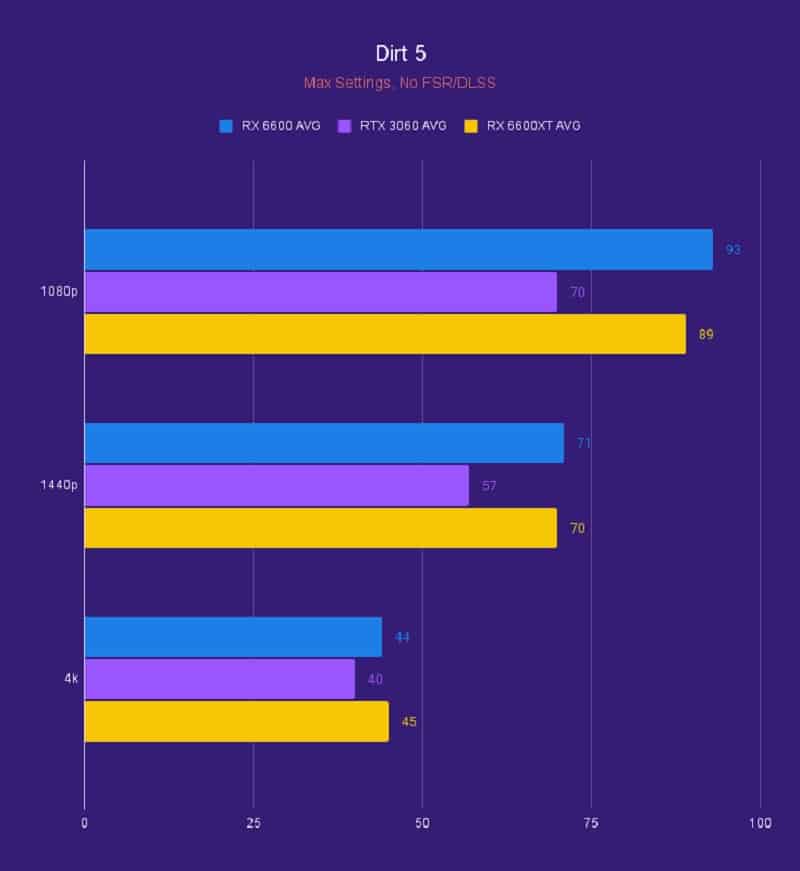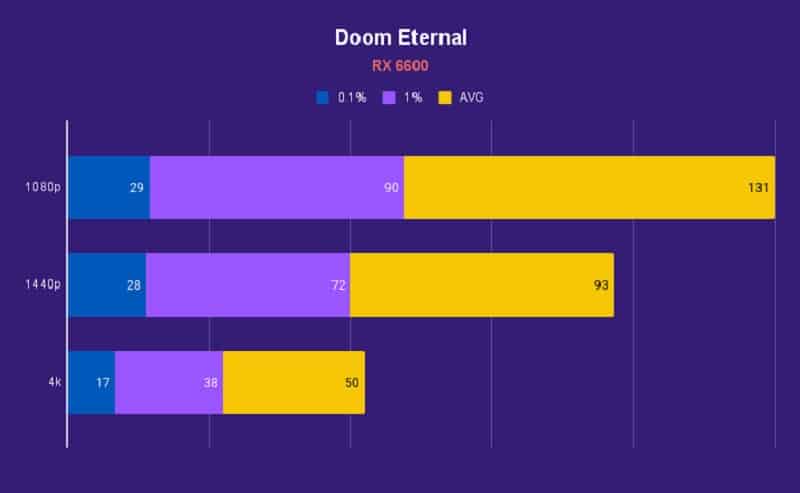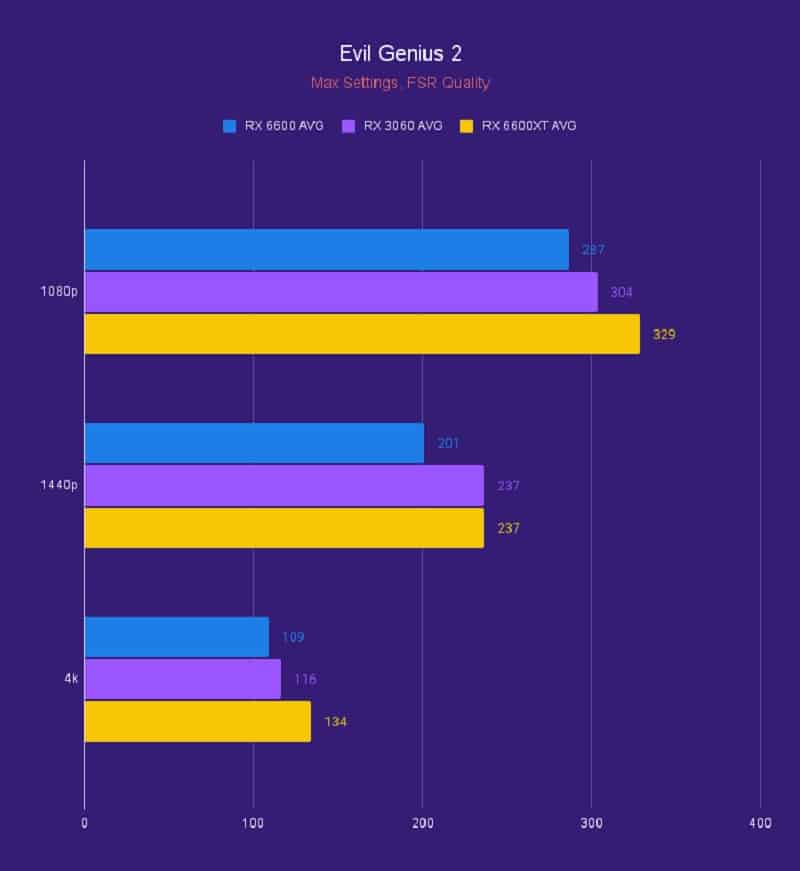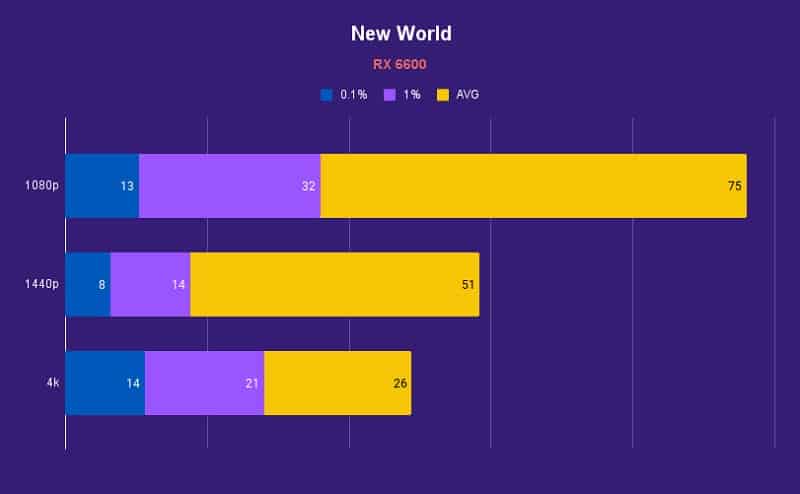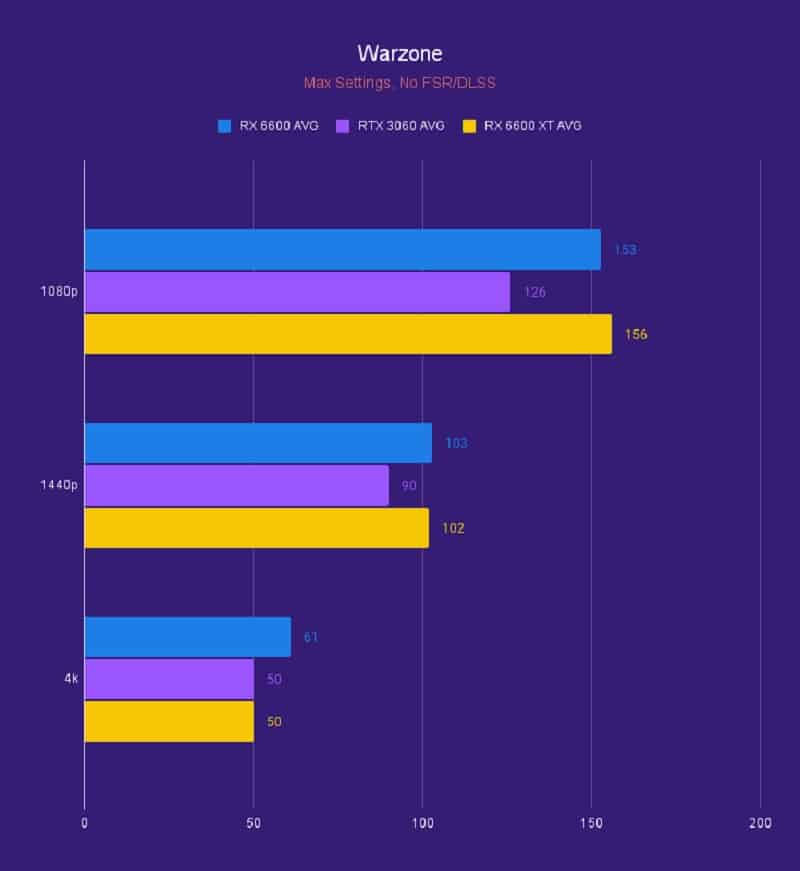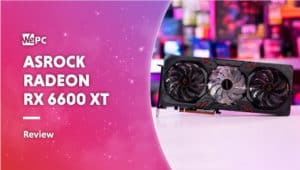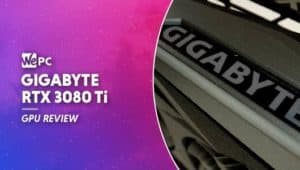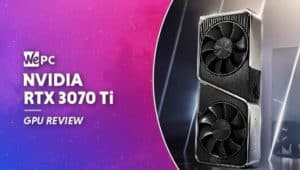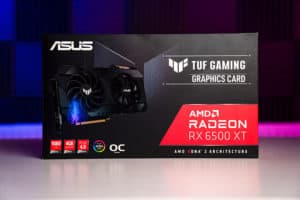Sapphire Pulse AMD Radeon RX 6600 Review
We review and benchmark AMD's decently-priced new GPU, the Sapphire Pulse Radeon RX 6600
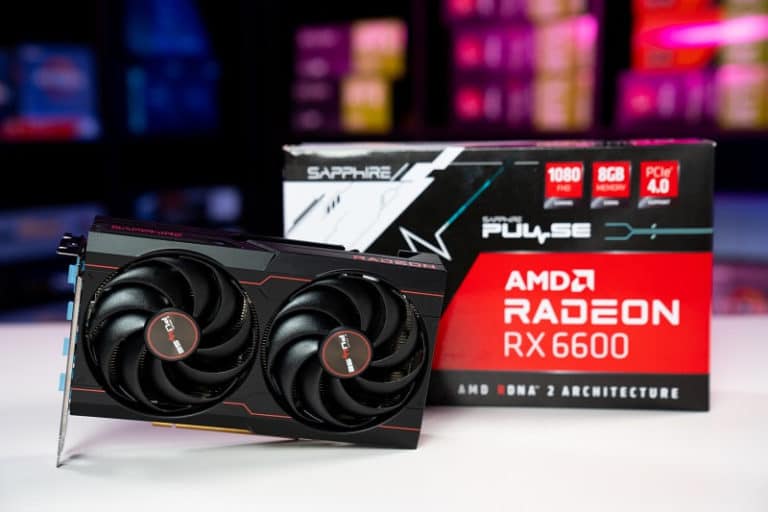
The stock problem engulfing GPUs hasn’t dissipated yet with prices ridiculously high, if you can find one to buy at all. However, the product launches continue and we’ve got our hands on the brand new AMD Radeon RX 6600, the sixth desktop GPU from AMD’s 6000 series. It’s another GPU directed towards 1080p gaming and an entryway into desktop gaming, the same way the RX 6600 XT was released to be.
AMD are taking on their rivals by benchmarking the 6600 against RTX 3060, and with a pricepoint of $329 they’ve put the GPU at the same MSRP as Nvidia’s card. (It’s worth mentioning here that this was the MSRP for the RTX 3060, yet you’ll be hard pressed to find it for less than double that at the moment.)
The AMD briefing also showcased their benchmarks against the RTX 3060 with a back and forth between them in different titles. However, they also stressed the fact that their card runs with 38W less board power, making it the more economical choice of the two as it wins out with more performance per Watt (typically in the range of 1.1x-1.5x according to AMD).
So, how does it stack up? And will you be able to buy one if it stacks up well? We can definitely answer the first question, and we’ll let you know about the design of the card (like Nvidia, AMD does not provide reference models) and how well it compares to the cards in the market it’s trying to compete with.
Sapphire Pulse AMD Radeon RX 6600 Specifications
So what have AMD packed into this new card? The Sapphire RX 6600 is not overclocked and has the same specs as the reference models. It has 8GB of GDDR6 VRAM running at 224 GB/s, so with the same interface and capacity it has a lower max than the 6600 XT (which has a maximum bandwidth of 256GB/s), as well as a lower memory clock – 1,750MHz compared to the 2,000MHz of the 6600 XT.
The core clock and a boost clock of the GPU are also at the reference rate, running at 2,044MHz and 2,491MHz respectively. This is also toned down from the RX 6600 XT which has a reference clock of up to 2,359Mhz and a boost clock of up to 2,589MHz.
The 6600 has four fewer compute units and ray accelerators compared to its XT counterpart (down to 28 of each compared to 32), leading the stream processors total to come down to 1,792 in contrast to 2,048 in the XT card.
However, this does mean that the board’s power is only 132W with the Sapphire Pulse only requiring a 500W power supply, letting those with older systems and still good power supplies upgrade more easily. With higher-end cards being small power plants, it’s nice to see a less hungry and economical choice that is good for 1080p gaming (see benchmarks later on).
Sapphire Pulse AMD Radeon RX 6600 design and cooling
The dimensions of the GPU are quite impressive. At just 185 x 105 x 40mm, it is quite a small fit, even smaller than the 3060. And it’s unsurprising, with such a low power requirement, lower clock rates and one 8-pin PCIe power connector, the card doesn’t need that much cooling. The shroud is barely longer than the PCB itself and it does its job. In our benchmarking it never really went above 75°C. We may use an open-air test bench, but even in a closed system, that card won’t go much above that.
The cooling AMD have gone for is one big heat sink across the whole PCB and a bit over, with the addition of one long heat pipe that from the middle goes out in both directions to reenter the heat sink at both ends. This ensures the heat is spread out as far as possible from the source, and while the heat sink is heating up it means that initial heat is easier to dissipate while being spread out – and not just in the center, but in the center and both ends of the heat sink. This is then cooled with two 80mm, brushless 0.35A fans blowing into the heat sink. The backplate is also metallic which will help with heat dissipation and the back of the GPU die is uncovered which will also passively let off heat.
The rest of the design is fairly simple, with the main shroud being sturdy plastic but with cutouts towards the PCB for air to easily escape rather than enclosing the whole thing. The main feature is the ECG display of a heartbeat, showing you that this card does have a pulse. Unlike the direction of a lot of computer components, it lacks any sort of lights, keeping it very dark and more incognito, something that some might enjoy more. Just a few red lines with Radeon and the backplate and a couple of lines on the fan side is the real definition on the card and that does give some minimalism in the current sea of RGB.
Sapphire Pulse AMD Radeon RX 6600 Performance Benchmarks
We benchmarked the RX 6600 on multiple games alongside a Ryzen 5 5600x with Smart Access Memory enabled and with the games set to their max for each resolution. Unsurprisingly, the Sapphire gets a solid 60fps in all games at 1080p, with esports titles (CS:GO, R6S and Warzone) sitting at over 100fps, and even Doom Eternal getting over 130. Even at 1440p it achieves 60fps in multiple games like those esports titles and some single-player and/or intensive games like Resident Evil Village and Dirt 5.
AMD Radeon RX 6600 vs 3060
In their presentation, AMD claimed the RX 6600 would be trading blows with the RTX 3060 and our tests show that to be the case. Some titles give the edge to the AMD, like Dirt 5, Resident Evil Village (at 1080p) and Warzone. The Sapphire loses out on games like CS:GO and Evil Genius 2. The big performance increases ranged from 17-25%, with losses of 9-22%. With the two GPUs priced at the same $329 level, it’s going to come down to individual use case and, of course, the availability.
AMD Radeon RX 6600 Ray Tracing
Ray Tracing on an AMD card is still not a real choice. In Resident Evil Village, turning on Ray Tracing at 1080p loses you over 100fps, with the average dropping from 184 to about 56. The same happens with Shadow of the Tomb Raider, which averages 111fps at 1080p but drops to just 33 when Ray Tracing is enabled. It can be alleviated with the use of FSR in some titles but then you’re messing with the quality of games and they can go down significantly at 1080p.
Final Word
The Sapphire Pulse AMD Radeon RX 6600 is a good choice of GPU for 1080p gaming. It is priced the same as its competitor and performs pretty similarly. At $329 and with a performance that trades blows with the 3060, it really comes down to your own individual choice and whether you can actually buy one or the other. We have no idea about stock but we’re going to assume it’s not good, although general availability has been getting a bit better. The real problem now is price, with GPUs going for way over the MSRP. If the Sapphire is available, it might cost you more than the MSRP, just like the RTX 3060. The long and short of it is that getting the Sapphire might be possible. Getting it at a good price is highly unlikely, although we’d like to think there is some stock at launch. If you can snag a card at the MSRP price and don’t require Ray Tracing, the Sapphire is a solid option. See our Where to buy the AMD RX 6600 page for the best chance of getting hold of one. Or if you want to see more selections check out the best AMD RX 6600 selections.
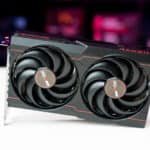
WePC is reader-supported. When you buy through links on our site, we may earn an affiliate commission. Prices subject to change. Learn more

